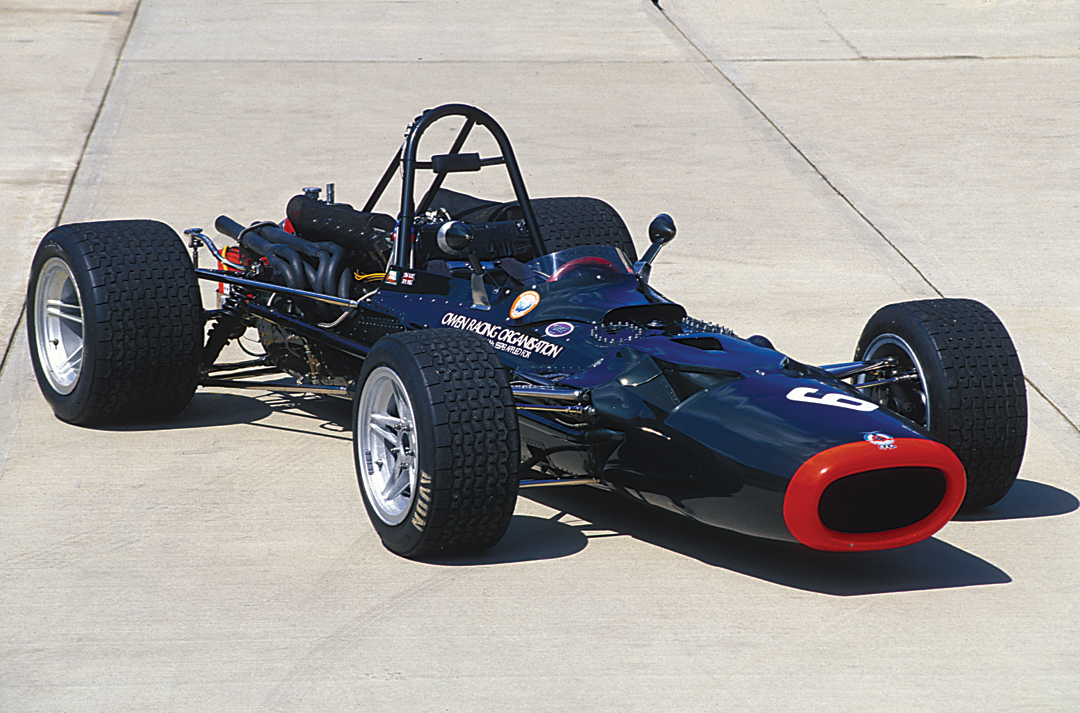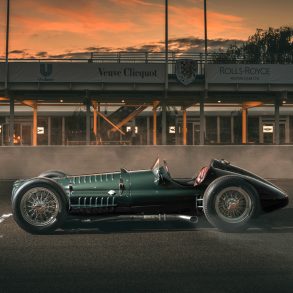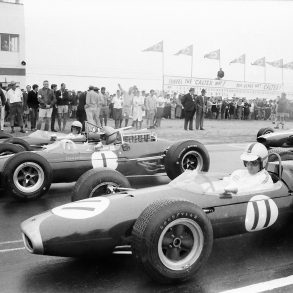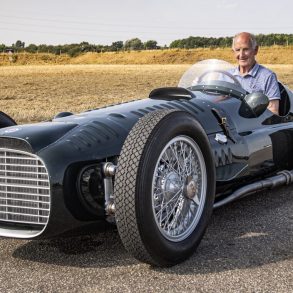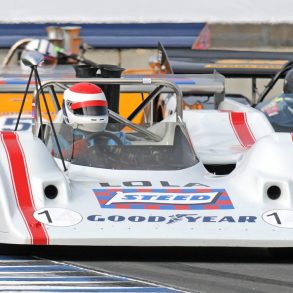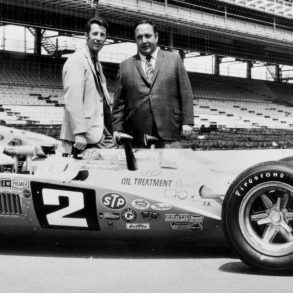1968 BRM P126 Chasis 126.01
BRM has had one of the most interesting histories of all the Grand Prix constructors. Having emerged in the postwar period much like Ferrari, the team rose from the disasters of the early V-16, a car with enormous potential but little in the way of results to a world championship with Graham Hill in 1962, through the strange efforts of the H-16 to again win Grand Prix races in 1970 and 1971. The team then fell back into obscurity and finally disappeared in the later 1970s. Not only did they run a formidable Grand Prix team, but entered the Tasman Series, built BRM engines for other formula car and sports car chassis, and produced a Can-Am and even a Le Mans car, as well as the Rover-BRM Turbine Le Mans machine. F1 is where most of the serious effort went, and where the results would come, sometimes unexpectedly.
For enthusiasts and purists, the best-loved of the F1 cars were the P25 front-engine car which managed a win at the Dutch Grand Prix in 1959 with Jo Bonnier at the wheel, the car which Stirling Moss described as the best handling front-engine Grand Prix car, and then the series of purposeful-looking, rear-engine cars which contested the 1.5-liter championship and later the 3-liter rules which came into effect in 1966. The BRM P126 was the first serious 3-liter car from the Bourne, Lincolnshire constructor. Having spent most of 1967 attempting to perfect the complicated and heavy H-16 engine, attentions then turned to the V-12, which became the mainstay of BRM F1 efforts for the remainder of their history. When Jackie Stewart is asked what he thought about the H-16, he replies, “Well, that’s why I went to Tyrrell.”
Become a Member & Get Ad-Free Access To This Article (& About 6,000+ More)
Access to the full article is limited to paid subscribers only. Our membership removes most ads, lets you enjoy unlimited access to all our premium content, and offers you awesome discounts on partner products. Enjoy our premium content.
Become a member today!
Already a Member?


